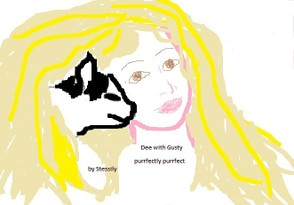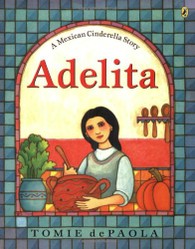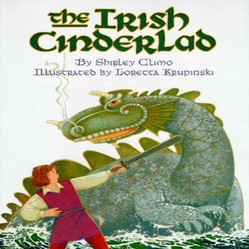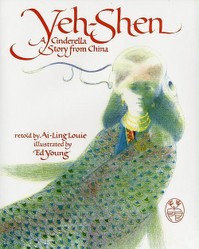Central Mexico and northern Mexico belong to North America according to the geographer’s classification system. Southern Mexico gets categorized as:
• Central America, geographically;
• Latin America, linguistically;
• Mesoamerica, traditionally.
The entire country is a popular business, get-away, and research destination precisely because of its diverse cultural geography.
So it may come as no surprise that Mexican culture lends itself nicely to North America’s most popular, profitable children’s story, Cinderella, while injecting distinctly Central, Latin, and Middle American elements. Cinderella-like stories occupy beloved places within Mexico’s regional folklore and literature, for insights into:
• cultural values;
• family life;
• traditional behavior;
• universal truths.
“Adelita: A Mexican Cinderella Story” packages all of the above into a delightful, educational, uplifting ensemble.










 Are Hawaiian Huakai Po Nightmarchers Avenging Halloween Thursday?on 10/02/2024
Are Hawaiian Huakai Po Nightmarchers Avenging Halloween Thursday?on 10/02/2024
 Mailing Addresses for 2023 Form 4868 Extending 1040 and 1040SR April 15, 2024, Due Dateon 04/15/2024
Mailing Addresses for 2023 Form 4868 Extending 1040 and 1040SR April 15, 2024, Due Dateon 04/15/2024
 Mailing Addresses for 2023 Forms 1040 and 1040SR Filed in 2024on 04/15/2024
Mailing Addresses for 2023 Forms 1040 and 1040SR Filed in 2024on 04/15/2024
 Mailing Addresses for 2022 Form 4868 Extending 1040 and 1040SR April 18, 2023, Due Dateon 04/13/2023
Mailing Addresses for 2022 Form 4868 Extending 1040 and 1040SR April 18, 2023, Due Dateon 04/13/2023



Comments
Mira, Me, too, I appreciate Mr. dePaola as a "creator of magic." It's amazing how much can be learned from fairy and folk tales, both of which enchant children, whose young minds would seem not to perceive the deep truths therein. Or perhaps they do perceive them, according to those who believe that children are born omniscient and gradually bury/forget/lose the awareness of that wisdom during the childhood journey through the "real" world.
Me, too, I also appreciate folk tales.
Tommy dePaola sounds and looks like a creator of magic. I like what he says about folk tales and fairy tales. I love folk tales, too, so very much!